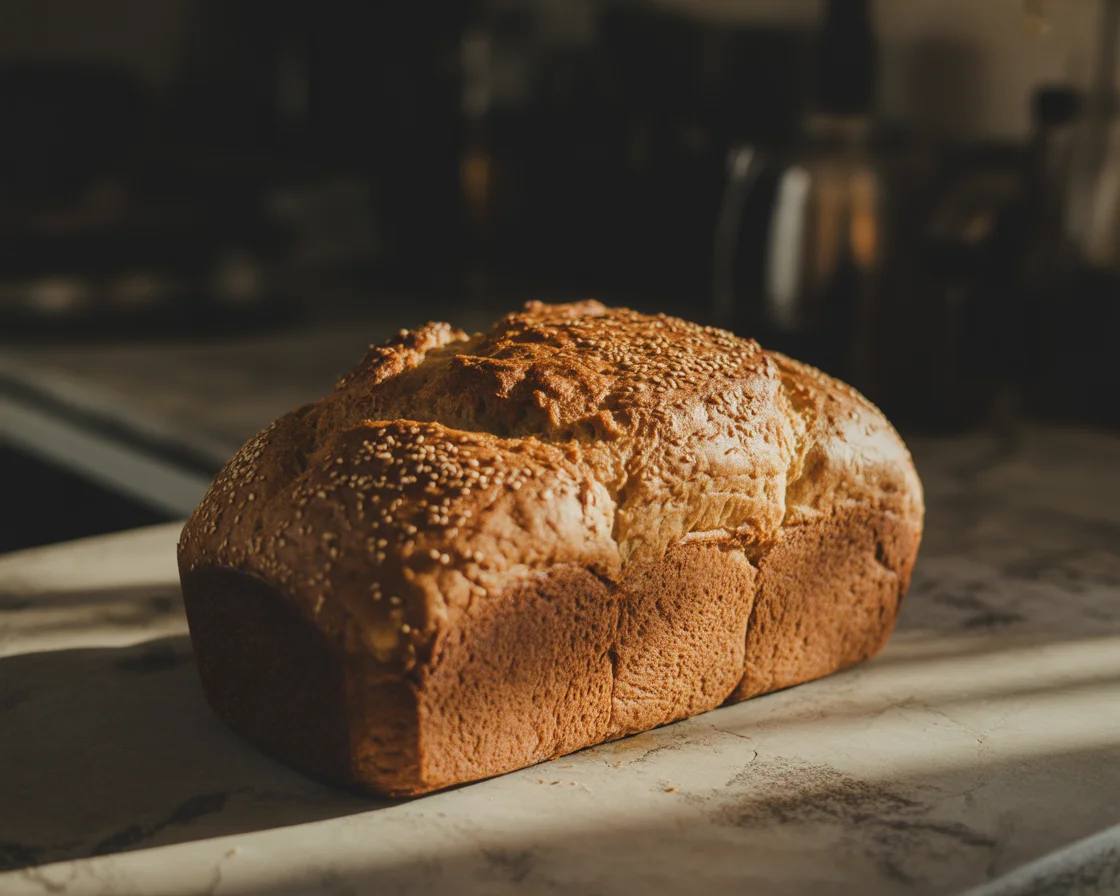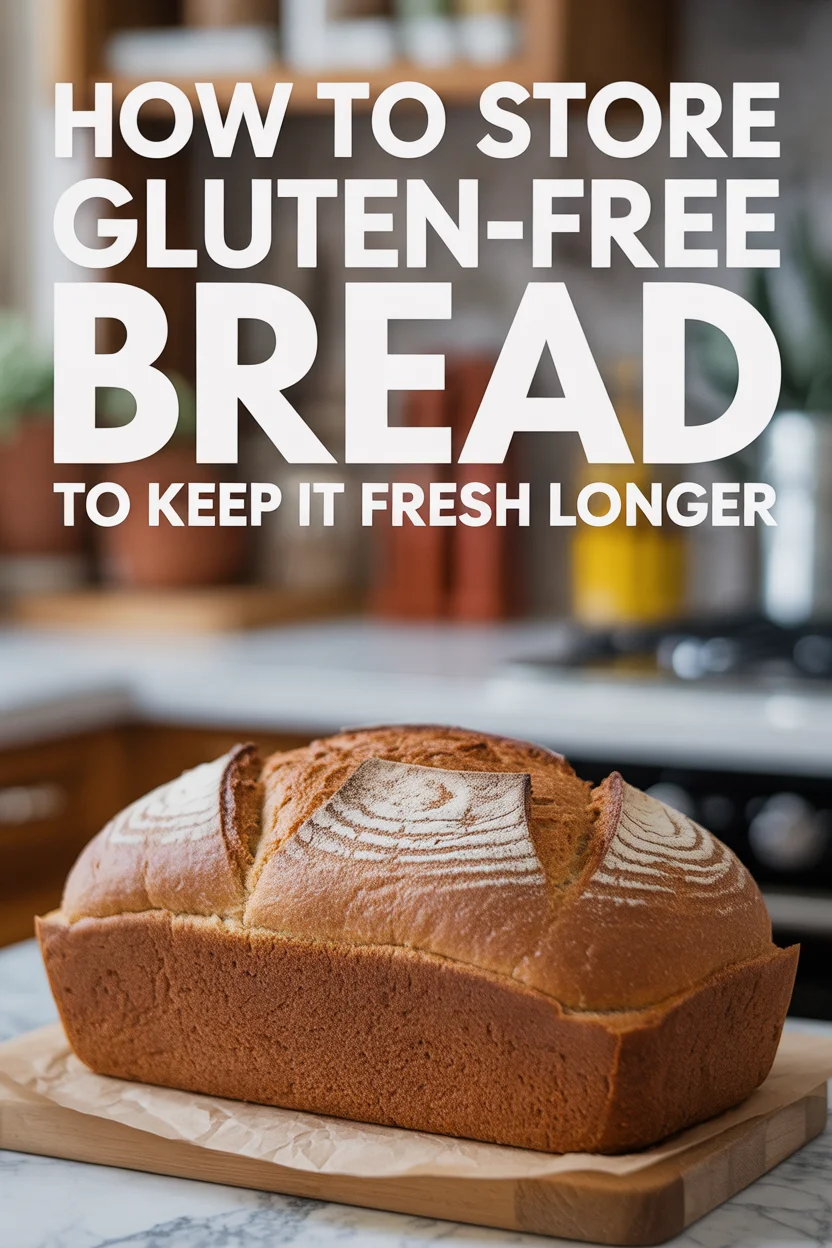How to Store Gluten-Free Bread is one of those kitchen mysteries that just keeps clinging like plastic wrap on a humid day, right? You make or buy that beautiful loaf, slice into the soft middle, and—gulp—how do you keep it from turning into a brick (or worse, some weird science experiment)? Honestly, it took me a while to get it right too. If you’re someone who’s been left with rock-hard slices or bread that goes green in the blink of an eye, you’re not alone! Over at my kitchen, and with a little help from handy resources like this gluten-free bread recipes hub and baking basics techniques, I’ve finally figured out how not to waste a single crumb.
Why Gluten-Free Bread Needs Special Storage
Alright, let’s whisper a secret: gluten-free bread isn’t like the regular stuff your grandma tosses in a breadbox. The first time I tried storing my homemade loaf on the counter, I thought, “Looks great, we’re good!” Two days later… yeah, “good” had left the chat.
This bread dries out super quickly. The reason? No gluten to lock in moisture or keep it stretchy, so it’s basically on a countdown from the moment you cut it. That structure you get with regular wheat bread just isn’t in there. Plus, weird things like moisture build-up or even the tiniest bit of heat can turn that loaf soggy or moldy in a blink. Sometimes it’s like the bread is fighting against you, but honestly, once you know why, things calm down.
I’ve found that paying attention to these quirks is key. Don’t assume gluten-free flour blends act the same—every blend plays by its own rules! Keeping on top of storage is more than habit, it’s kind of like a survival skill if you want yummy toast instead of disappointment each morning.
“I used to toss my gluten-free bread in a zip-top bag on the counter and hope for the best. Let’s just say…one too many moldy slices taught me some new tricks!”
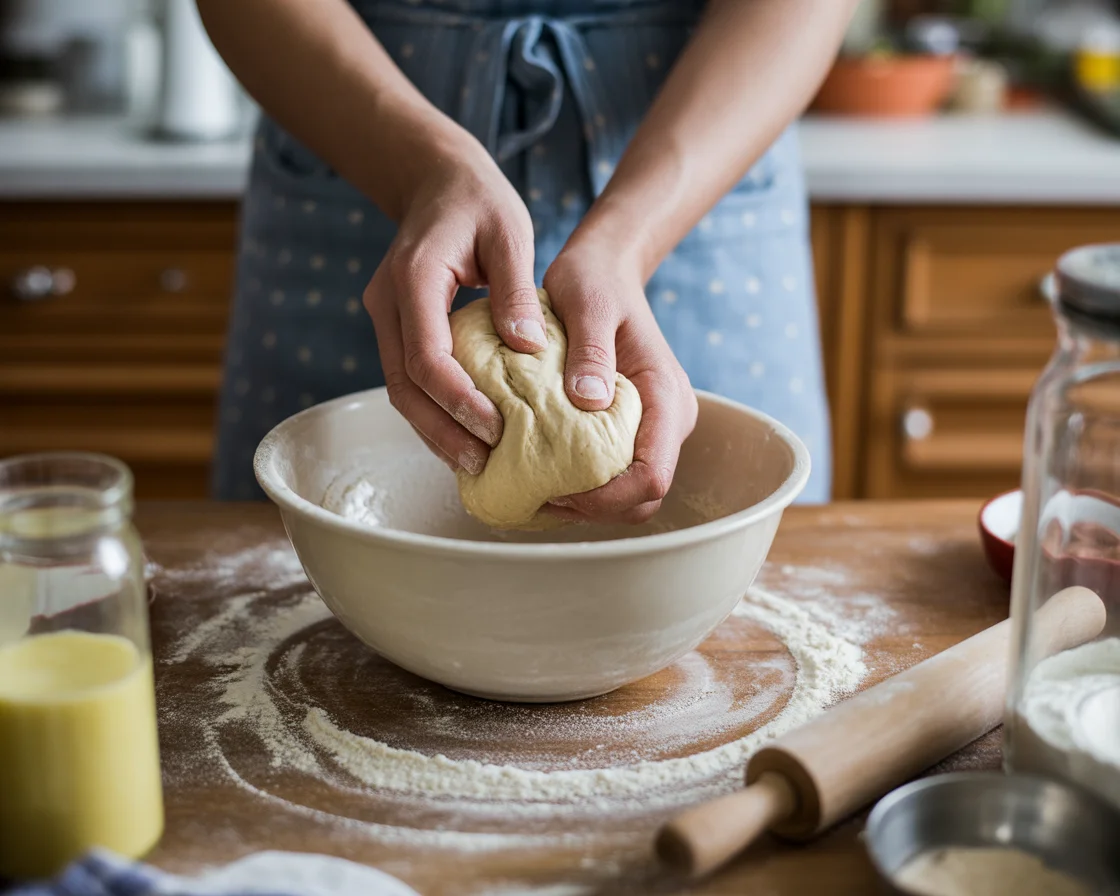
| Storage Method | Duration | Tips |
|---|---|---|
| Room Temperature | Up to 2 Days | Use a paper bag or breadbox for airflow. |
| Refrigeration | Not Recommended | Wrap slices in a paper towel to minimize moisture loss. |
| Freezing | Up to 1 Month | Slice before freezing and use parchment paper between slices. |
| Quick Tips: Slice before freezing, avoid airtight containers, and zap stale slices in the microwave. | ||
Storing Gluten-Free Bread at Room Temperature
So, should you toss gluten-free bread in the pantry and hope? Hmm…not really. But if you REALLY want to keep your bread at room temp for a short spell (say, a few days), here’s what works best.
First, a paper bag or a bread box will help with airflow. Air’s your friend here—it keeps the crust from getting soggy, but you don’t want so much that you suck every drop of moisture out. And hey, never use a sealed plastic bag unless you’re going for science class mold (yikes).

Freshly baked bread—if you made it yourself from classic everyday breads—cools off first, and only then you pop it in its container. If it’s humid out, watch out—as you might as well be encouraging a crop of weirdness in there.
Basically, room temp is like a two-day solution tops. After that, toss it in the freezer or risk sadness!
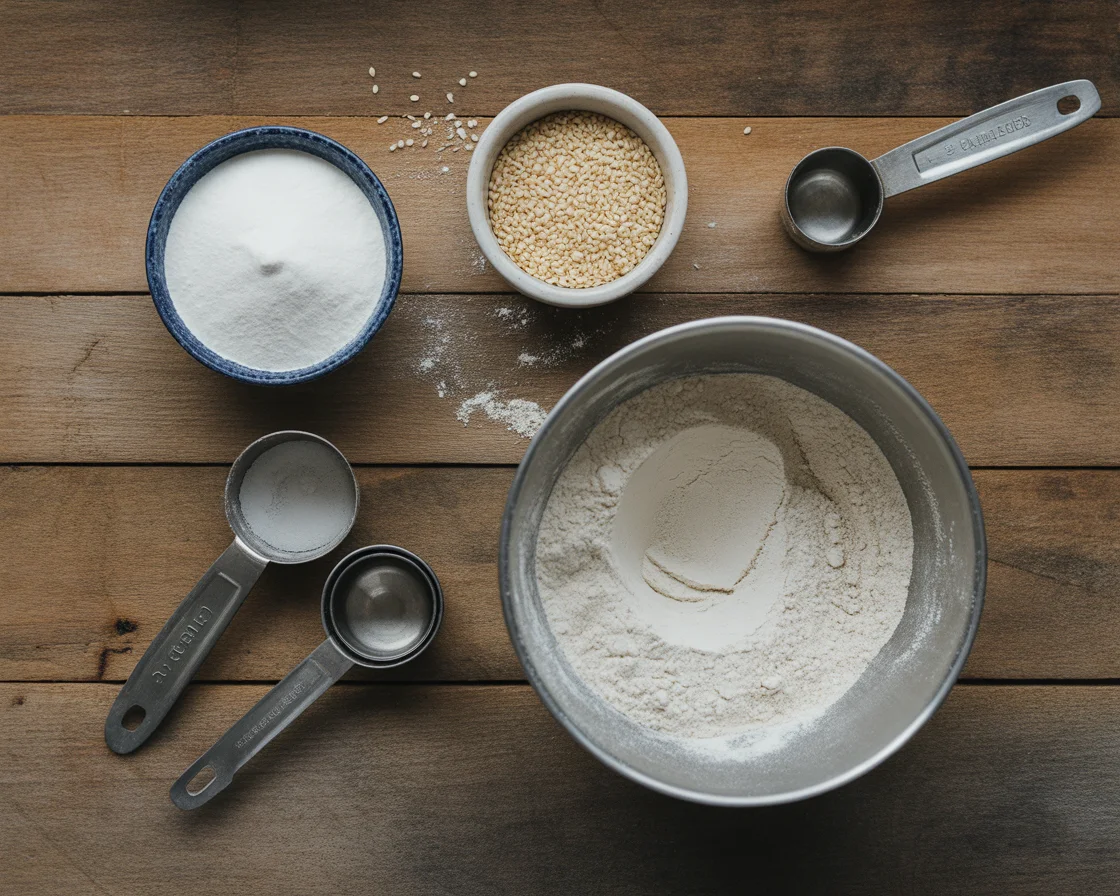
Refrigeration: The Less Ideal Option
Oh, the old “stick bread in the fridge” trick. Tempting, right? But I gotta say: with gluten-free bread, this move’s like putting your socks in the oven. Does. Not. Work.
Here’s why. The cold pulls moisture away. Even bread that’s supposedly “sturdy” will dry out, often fast. The crumb gets dense, stale, a little sad. If you must refrigerate—like your kitchen’s a sauna or you live somewhere that mold grows just by thinking about it—wrap each slice in a paper towel, then a loose bag. That helps a bit, but don’t expect miracles.
In short: fridge storage is your last resort. Freezer is leaps and bounds better, promise.
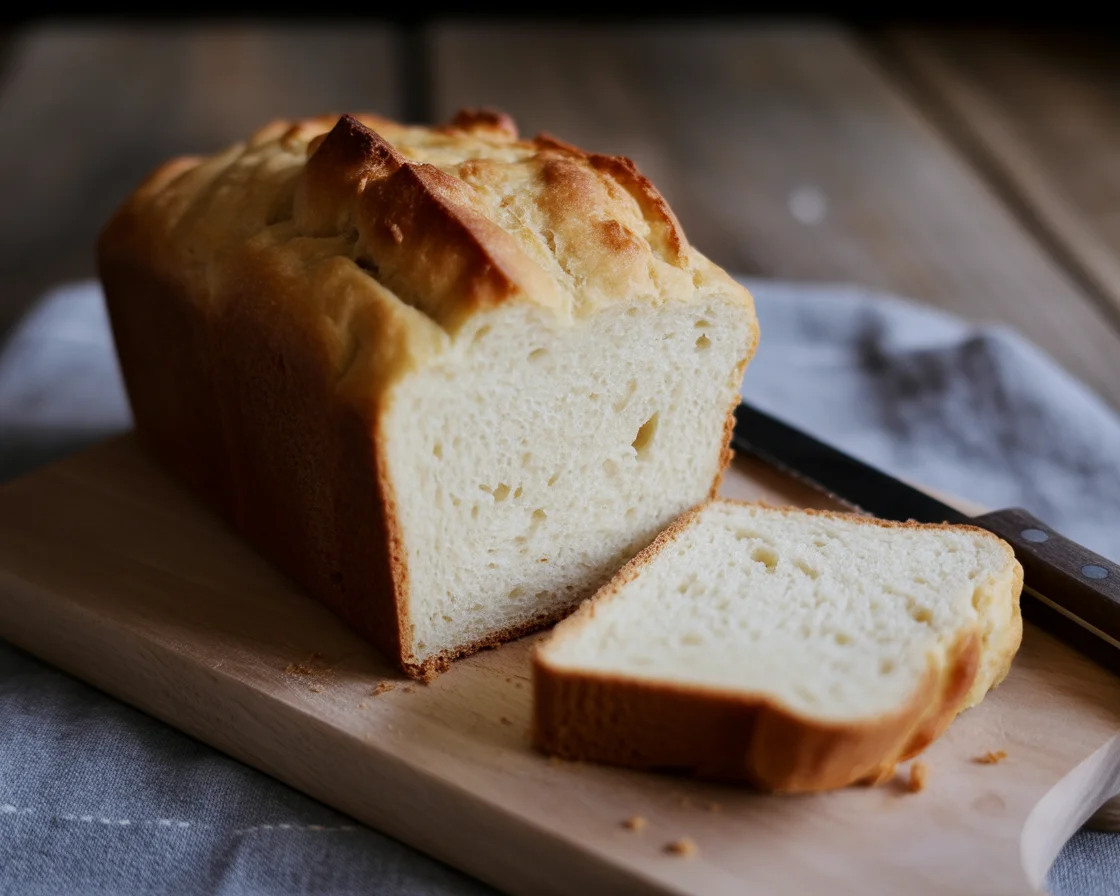
Freezing: The Long-Term Solution
Now, if you want your gluten-free bread to last a week or more and be just as tasty as the day you got it—into the freezer it goes! For real, the freezer’s your bread’s BFF.
Here’s my not-so-scientific method: Slice the loaf the same day you bake or buy it. Lay the slices flat between pieces of parchment or wax paper so nothing sticks. Then, stick them in a freezer bag, squeeze out the air, and store. Can’t tell you how many mornings I’ve popped a frozen slice in the toaster and been wowed by the flavor. It honestly tastes just as fresh as before.
Frozen bread can hang out for a month—probably more, though honestly, mine never survives that long. Just pull out what you need, and you’re good. Easiest breakfast ever.
Easy Tips and Tricks for Storing Gluten-Free Bread
Let me hit you with some of my best hard-earned tips (honestly, wish someone had told me this sooner):
- Slice before freezing: Way easier to grab one at a time, especially for toast emergencies.
- Skip airtight containers at room temp: Too much trapped moisture = disaster.
- To freshen up dry slices: Quick zap in the microwave (maybe ten seconds) or drop in the toaster. Magic!
- Label your bread: Freezer bread all looks kinda the same after a while, trust me.
Common Questions
Oh, it’s totally normal. Without gluten, the bread dries out way faster than regular bread. Slicing and freezing helps keep it soft longer!
Yep! Just make sure it’s cooled down first, and eat it within two days. Not a long-term solution, sadly.
A little. Store bought usually has preservatives so it lasts longer, homemade stuff needs freezer help or it’ll dry out and get weird super fast.
Just toast it straight from frozen, or let it sit out at room temp for an hour or so. Easy peasy.
You can, but honestly it’s just easier to slice first. Less risk of freezer burn and you can grab what you need.
Ready to Enjoy Fresh Bread Every Time?
Storing gluten-free bread the right way seriously ups your breakfast game. Keep it at room temp for only a couple days, skip the fridge if you can, and freeze those slices to keep ‘em tasty. It’s honestly not rocket science, but man, it makes a big difference. If you want even more ideas, check out this super-handy guide from Queen Street Bakery: How to Store Gluten-Free Bread: Your Guide to Keeping It Fresh … or this detailed step-by-step: How To Store Gluten-Free Bread – Fearless Dining. Oh, and if you’re still baking your first loaf, you’ll love this Easy Gluten Free Bread Recipe: Original & Best. Trust me, fresh bread’s worth every little trick!


